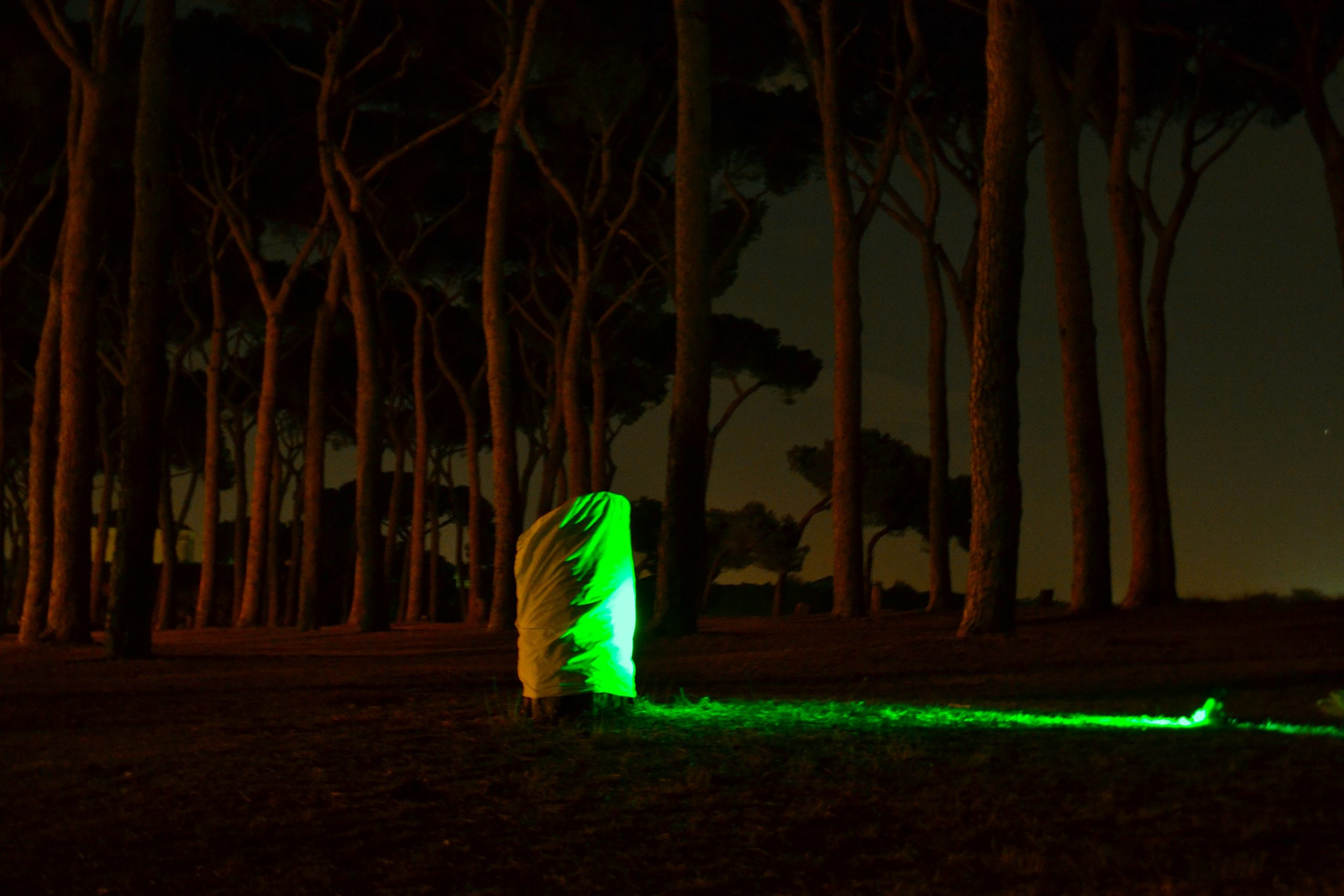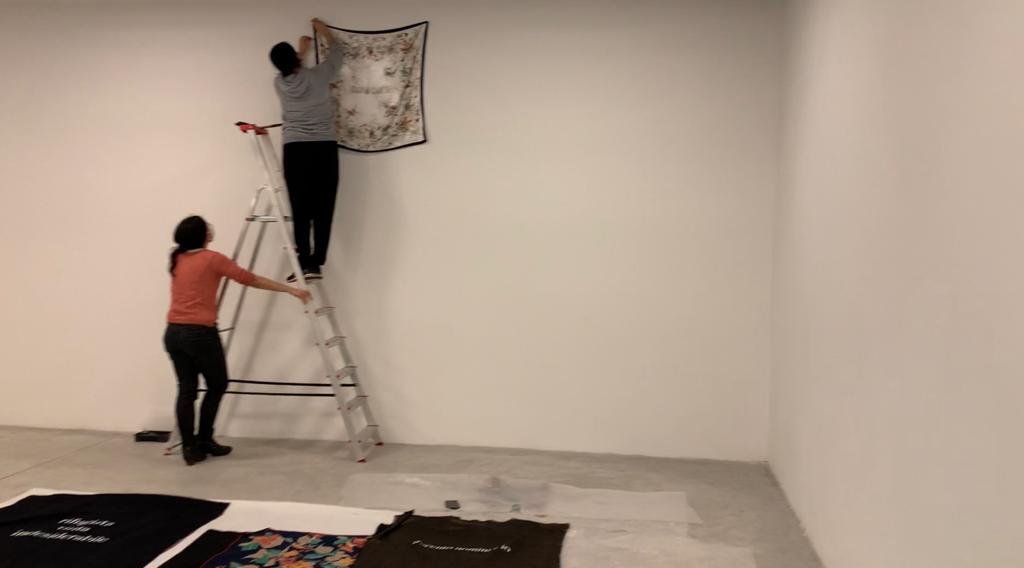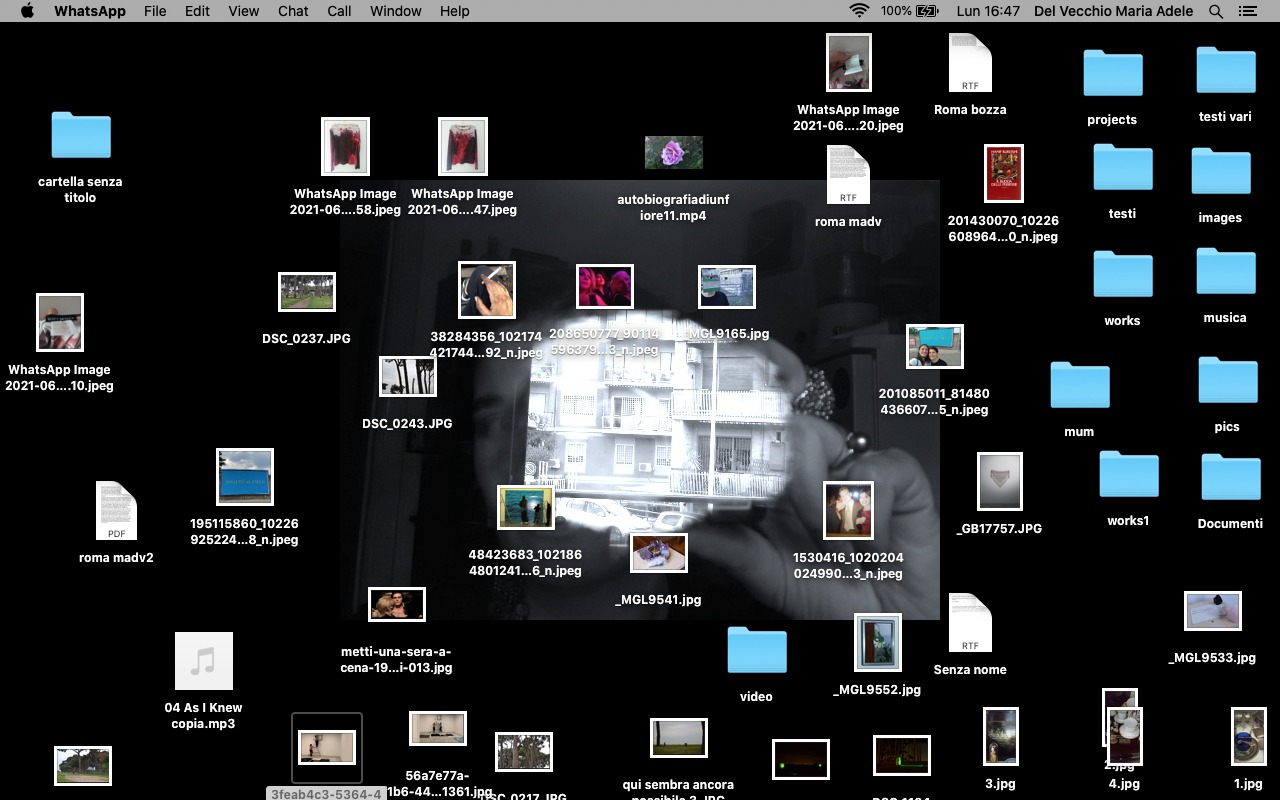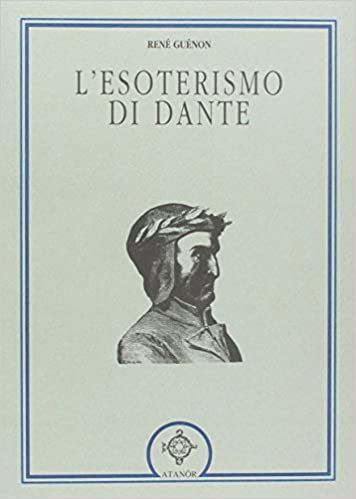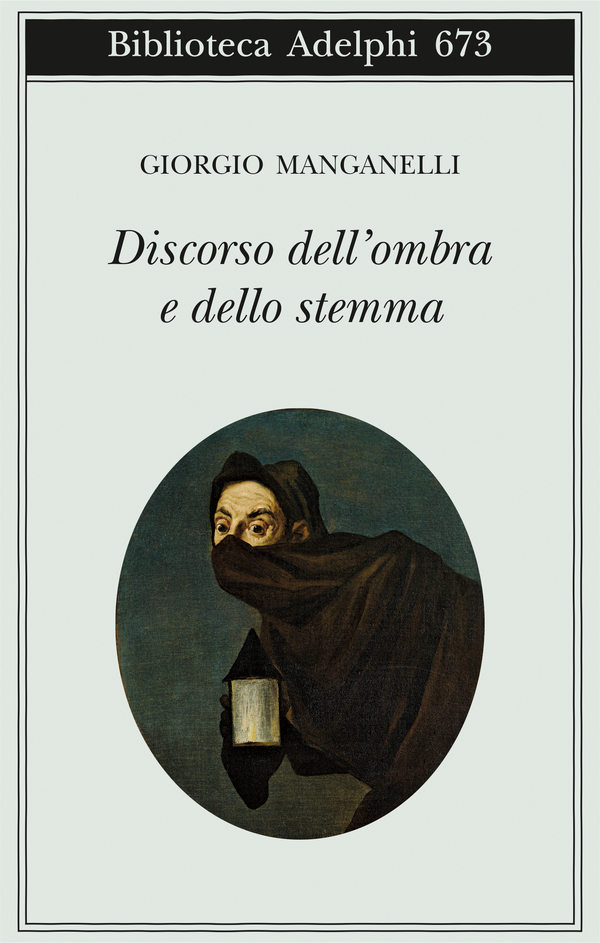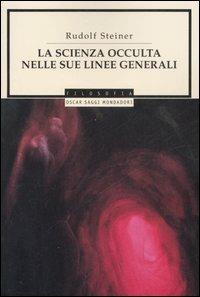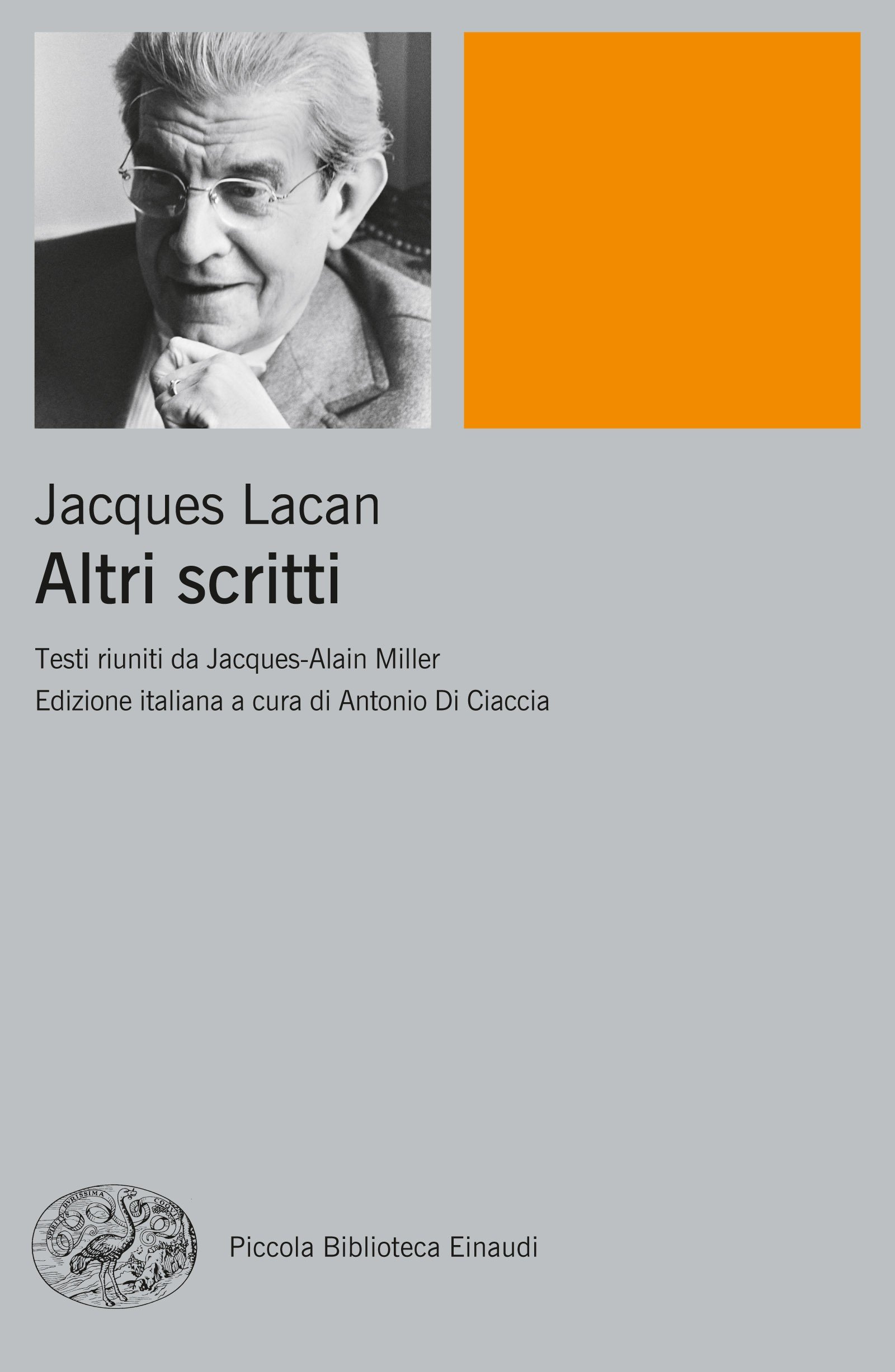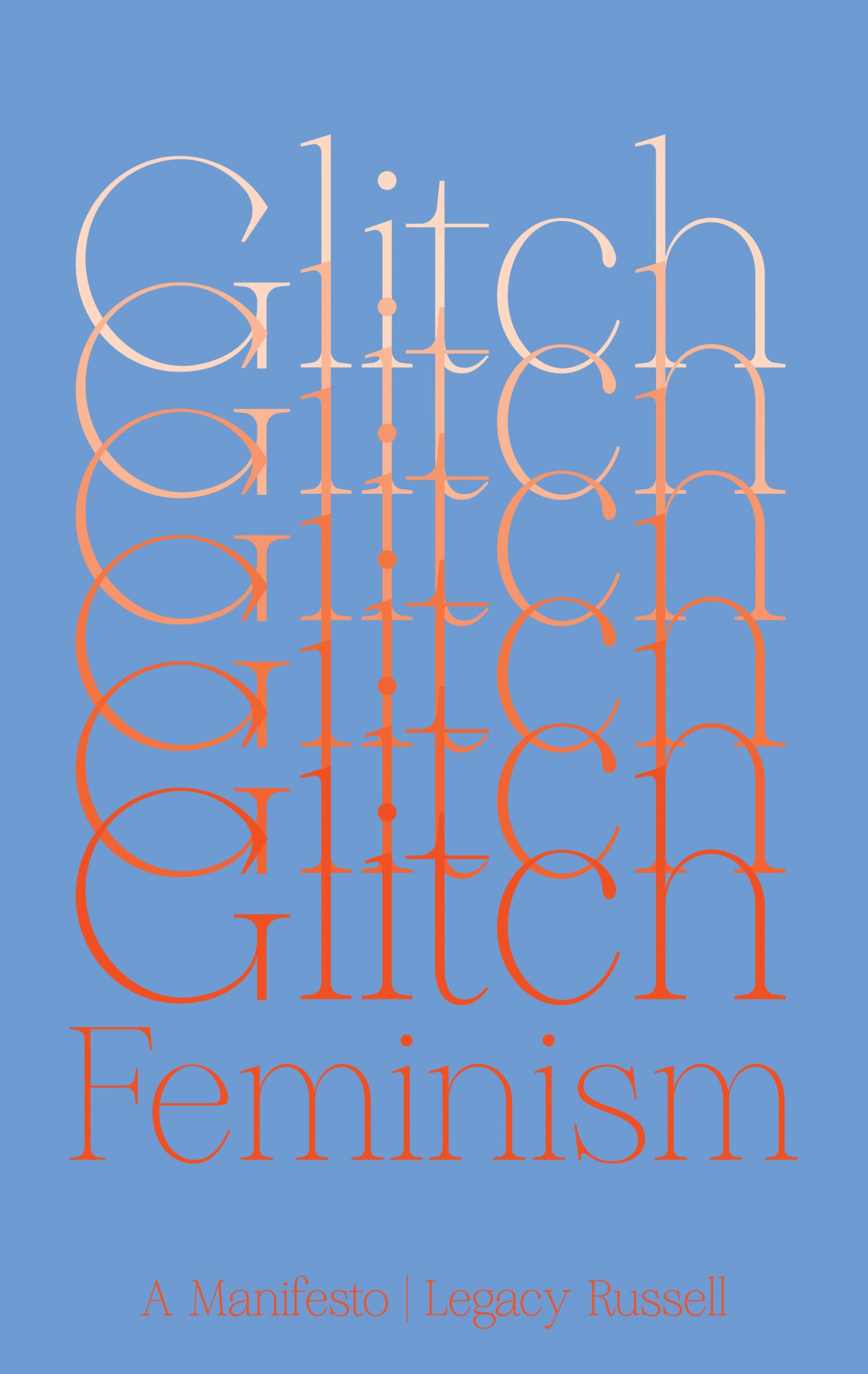
Artist portrait, photo credit Matthew Antezzo
In your projects you try to bring the artistic operation outside the exhibition space. For example, in your project “Qui sembra ancora possibile” (Here it still seems possible) you intervene on the cut pine trees in a park in Rome. How do you insert the social aspect of encounter with the public into artistic projects that are not designed to be presented in a gallery?
Has your research and artistic practice been influenced by the experience of lack of access to these places during the 2020 lockdown?
The pandemic has interrupted a positive flow, and it has forced me to reflect on how little I like to display my production of thought exclusively online. More than ever, I feel the need to do and to live my actions. I realised that my artistic path has progressively changed over the years, in productive rather than speculative terms. I mean that, if, on the one hand, research continues to develop in areas that I have been able to define quite easily since the beginning of my professional commitment –attention to everything related to the discourse on identity, the feminine and feminism, the relationship with the other and the inversion of the process of objectification within this relationship – then on the other hand, the mode of production has seen an important reshaping.
In 2011 I began the practice of social sculpture, with “Qui sembra ancora possible” (Here it still seems possible), where I illuminated Parco del Pineto in Rome with ghostly green light. This can be traced through to“Beat Meierei”, an experiment held between 2017 and 2018 where I brought performances of artists such as Franziska Lantz, Adam Christensen and Steev Lemercier, among others, into several Neapolitan nightclubs.
In contrast with the current methods of creating a social consensus that is distinct from certain types of discourse, it has become more urgent to think about artworks that are outside of the spaces canonically dedicated to art and in dialogue with society. I think it is idle and a form of procrastination to develop visions whose value is only available to insiders. Having always been involved in visual arts, I feel privileged and I want to share this privilege as much as I can. I have also begun to intersect visual language with narrative language, and I am very interested in having my art practice become a space for elaboration and self-definition of the feminine discourse, in order to build a language that concerns us as women in both structure and themes.
"Qui sembra ancora possibile", 2011, installation at Parco del Pineto, Rome; courtesy of the artist and Galleria Tiziana Di Caro, Napoli
What changes do you think would be needed as a reflection generated by the collective experience of the pandemic?
I would like many things to change, but it seems to me a particular priority to give socio-economic value, and therefore renewed dignity, to the work of visual artists. In order for this to happen, artists and professionals – and it seems that in some ways this is already happening – must unite and create tools, of a fiscal nature for example, to make our work and cultural role visible in society, as well as urging institutions to adopt and apply the proposed rules.






















